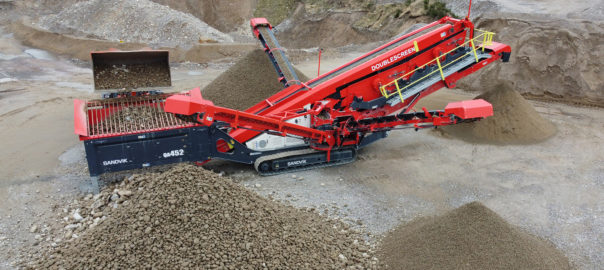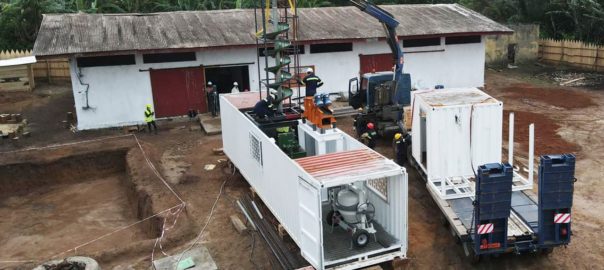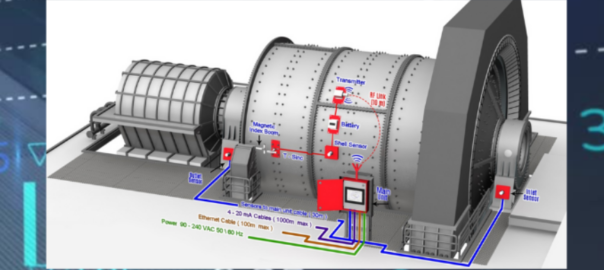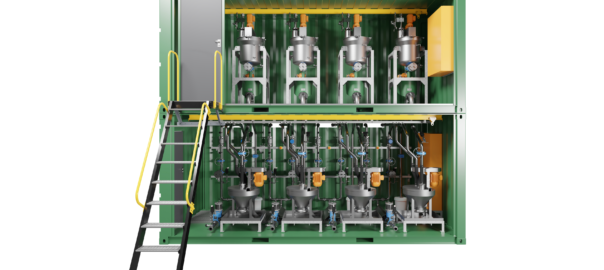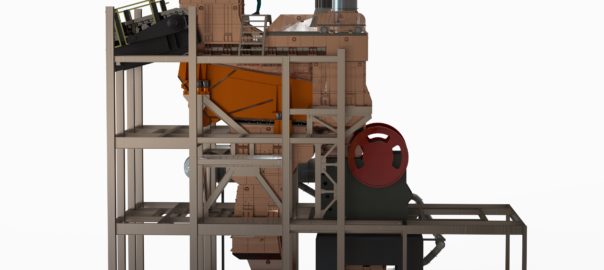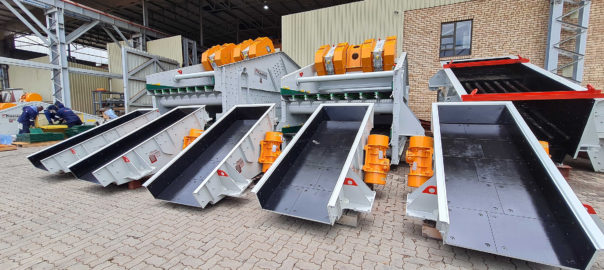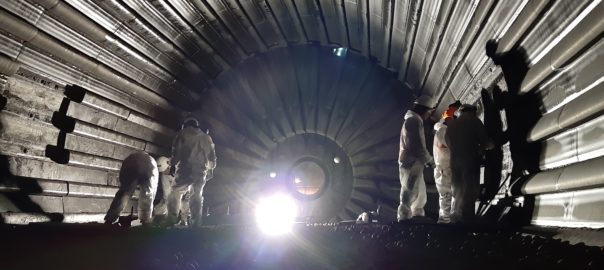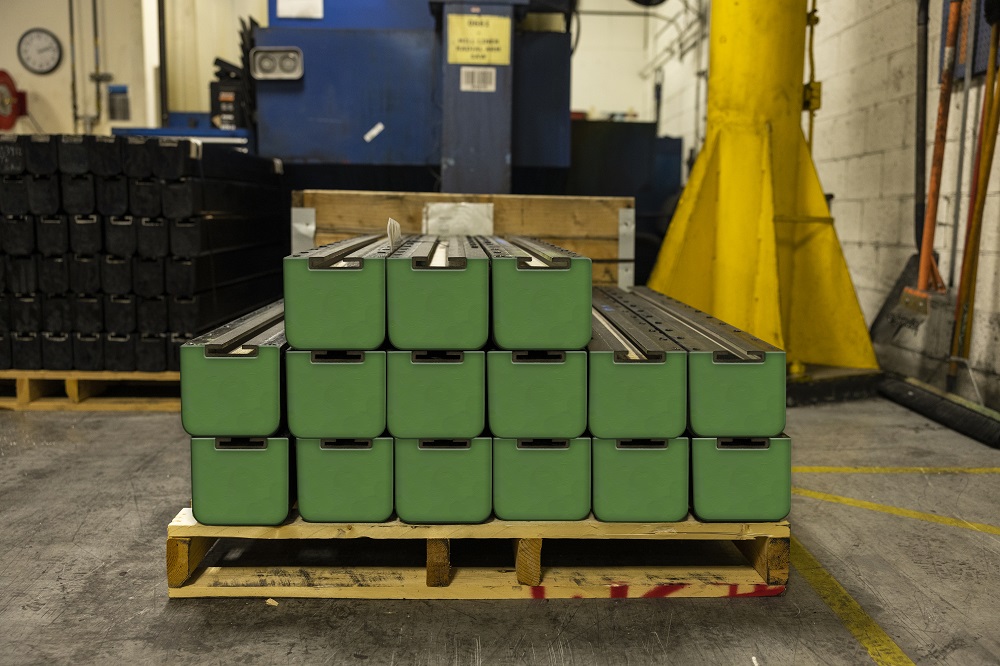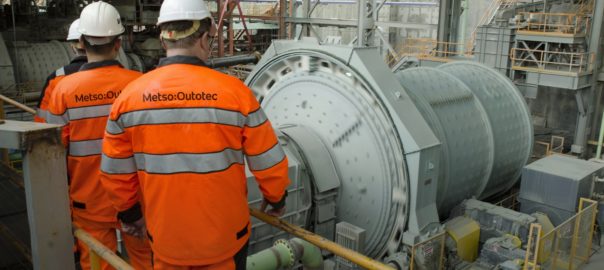Sandvik Mobile Crushers and Screens, part of Sandvik Rock Processing Solutions, has announced what it says is a new first-of-its-kind, three-deck tracked mobile plant with independent screen angle adjustment and hydraulic screen separation in the form of its QA452.
The latest evolution of the Sandvik QA Series products and three-deck Doublescreen technology, the QA452 features two triple deck inline screen boxes with equal size screen decks, each providing 9 cu.m of screening area
Sandvik Doublescreen technology typically outperforms traditional screens by up to 30%, offering a tailored rock processing solution for quarry, recycling and mining industries, Sandvik says.
Screen enhancements on the equipment include an 11% longer bottom screen deck to extract more fines.
“Featuring independent screen angle adjustment, the primary screen can be independently adjusted from the secondary screen, allowing operators to optimise their throughput, screening efficiency and product gradations,” the company said. “The primary screen performs as a fines extractor, whilst the secondary screen performs as a grader. Two processes on one plant, offering exceptional flexibility, excellent separation, accurate grading and massive throughput.”
Sandvik offers hybrid ‘e’ drive with electric plug-in on this solution, meaning operators can choose the most economical and efficient energy source. The QA452 provides a lower environmental impact due to reduced fuel consumption, and the latest powerpack on-board offers less operating noise and low emissions, according to the company. In addition, the hydraulic system has been enhanced to reduce energy wastage, and its hydraulic oil change intervals have been extended from 2,000 hours to 4,000 hours meaning up to 50% less hydraulic oil is consumed over 10,000 hours of machine usage (subject to oil sampling).
The primary screen on the QA452 can also be hydraulically separated to gain better access for maintenance and screen media changes. The addition of a new oversize cross conveyor means greater oversize material extraction, while this cross conveyor can also be reversed to allow the plant to function like a two-deck screen with oversize and mid overs discharged together.
Each screen deck features end tension screen media using Sandvik’s unique mesh tensioning system. This means faster screen mesh tensioning and removal, reducing downtime. The company’s new range of Sandvik WX rubber media, meanwhile, combines the high accuracy of wire screens with the durability of rubber, offering up to 10 times longer wear life and up to 50% faster installation time compared with wire mesh, according to the company. Having equal size panels also means the screen media is interchangeable between decks.
On top of this, thee QA452 comes with Sandvik’s My Fleet telemetry system and seven-year data subscription as standard. This offers 24/7 fleet management, geo-fencing and remote support, according to Sandvik.
Several safety features are included as standard to improve operator and on-site protection. Dust suppression spray bars, on-board water pump, safety pull cords and lighting mast are now fitted as standard for extra peace of mind.







